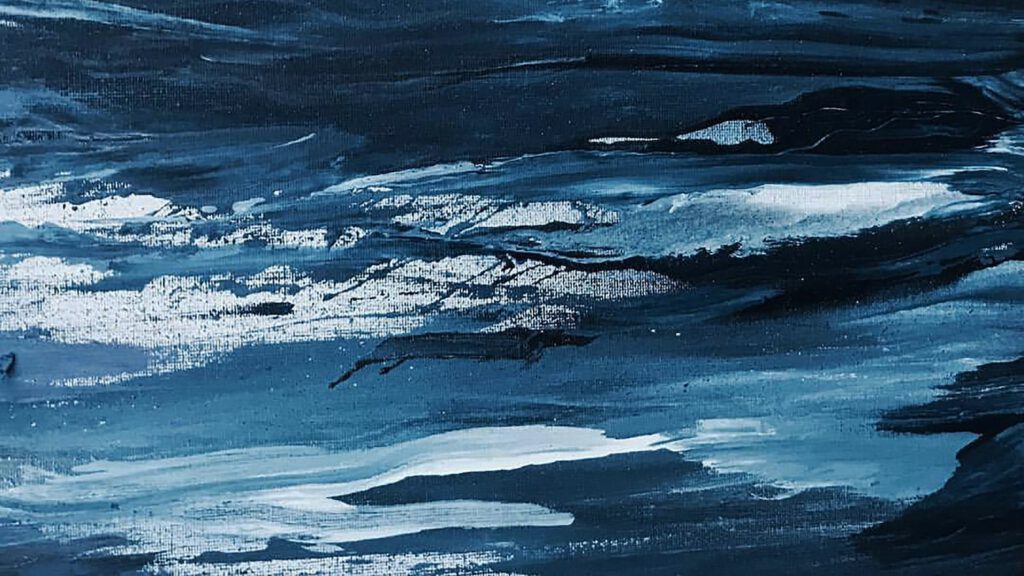
The Importance of a Professional Artist Website in the Social Media Age
In today’s digital age, social media has become an integral part of maintaining a connection between artists and their fans. A professional artist website is a great way to ensure that the artist has a consistent presence on the web and a way to showcase their work in a properly framed manner—and that is more important than ever. Read on to learn why a professional artist website is vital in the modern age of social media.
1. Maximizing Engagement: Increasing Visibility on Your Professional Artist Website
Creating Compelling Content
Successfully engaging viewers with your website starts with providing a visually stimulating experience. Make sure your page captures your identity as an artist through complementary colors, eye-catching font choices, and creative uses of visuals. Ensure quality images are chosen, as the wrong resolution or image placement can be a major detractor.
Secondly, include engaging written content. Many website platforms make this easy via widgets that allow for brief artist descriptions or written examples of your work. Short summaries of your creations’ significance, impact on the viewer, or creative process can make your portfolio come to life. Additional interactive content (such as videos, podcasts, or engaging visuals) delivers a unique way of expressing the artist message to those visiting the website.
Staying Connected
Having followers and engaging with an audience is essential in creating traffic that will make the website visible. Include links to social media platforms directly on the website and suggest that viewers follow for updates or further content. Share links to the website with your existing followers, along with pictures or snippets of content that will lead the audience to the website.
Engage with those who comment and create newsletters or mailing lists for potential viewers. Adding a blog section to the website also increases engagement, as it can showcase your portfolio in a more personal manner and allow for viewers to interact in the comment section. Additionally, personalize the contact page of the website to make it easier for those interested in you and your work to get in touch.
- Create engaging content to capture the viewer
- Stay connected with followers and interact with your audience
- Include social media links to increase visibility
- Create newsletters/mailing lists to alert viewers to updates
- Interview other successful artists or industry professionals
- Engage with those who comment on the website for feedback
- Personalize the contact section on the website for potential collaborations

2. Creative Strategies for Linking Your Website to Social Media
Leverage Social Media Channels
Leveraging social media channels for website promotion is a great way to reach your target audience. Linking your website to social media allows you to keep your followers updated on new content and announcements. Consider the following strategies for successfully crafting your social media to website connections:
- Create a Feed: Consider a feed from your site to your social media accounts. With a feed, your followers will be notified when you post new content that they can easily access and explore on your website.
- Post Video Content: You can direct users from your social media accounts to the video content you have hosted on your website. This will pique the interest of those following you, creating loyal viewers and driving more website traffic.
- Encourage Interactivity: Encourage users to actively engage with your website. Ask followers to comment on your content or provide feedback on products or offerings to drive further website visitors to explore and stay engaged.
- Use Hashtags and Links: Use hashtags and website links to help spread content to those outside of your immediate network. This will increase your public profile and website traffic.
Participate in Blogger Outreach Efforts
Reaching out to relevant bloggers and websites is a great way to further link your website to social media. Participate in blogger outreach efforts by sharing relevant content and mentioning their website in your posts. This will help to strengthen the relationship and direct social media followers to your website. Co-promote and co-create campaigns with other websites to further build your website’s profile and increase website traffic. These are great strategies for connecting your website to social media.
3. Integrating Your Personal Brand Into Your Artist Website
Let’s Get Started:
- Think about the key elements of your certified brand and make sure they become part of your website.
- Pay attention to the way you text your page information on: it should be consistent with the narrative of your brand.
- Choose colours and fonts that reflect the message you want to get across – allow them to become part of your website’s look and feel.
Once you’ve considered the fundamentals, there are a few other ways for you to integrate your personal brand into your artist website. Add photos that capture your spirit and mission – make sure they are relevant and accurately depicted. Be sure to include references to any awards, recognitions or media mentions that you’ve gained. You could also list any charitable causes that you are involved in – this demonstrates your commitment to social justice and furthers your established brand.
Ultimately, you want to be sure to create a sense of consistency and continuity across all your platforms. This will build trust with your followers and draw even more attention to your services and content.
4. Crafting Engaging Content That Resonates With Your Audience
No matter what business sector you’re in, crafting content that’s engaging and resonates with your audience is vital. It’s the difference between readers stopping to read a post, or moving on to the next. Here are some key tips to keep in mind when creating content for your blog or website:
- Keep it fresh. Create content that’s up to date and relevant.
- Stay on point. Focus on one particular topic for each piece of content.
- Write with clarity and purpose. Keep your writing easy to understand, and make sure it serves a purpose.
- Word choice matters. Choose language that your readers can connect with, and avoid jargon or technical terms.
- Be authentic. Let readers get to know you and your business by showing the people behind it.
- Strike a balance. Aim for content that’s informative with an entertaining twist.
- Make it shareable. Include social sharing buttons on your posts to inspire your audience to share your content.
Creating content that’s informative and captures the interest of your readers is a great way to showcase your expertise. As with any marketing efforts, it’s important to test and monitor the performance of various types of content to find out what works best for your audience.
In the social media age, creating a professional artist website can be the very thing that takes your art to the next level. Having a platform to showcase your work to potential fans, build community, and promote yourself can help build your reputation as an artist—something that can set you apart from the rest. So don’t wait any longer! Start creating your website today and explore the wonders of the digital art world.

